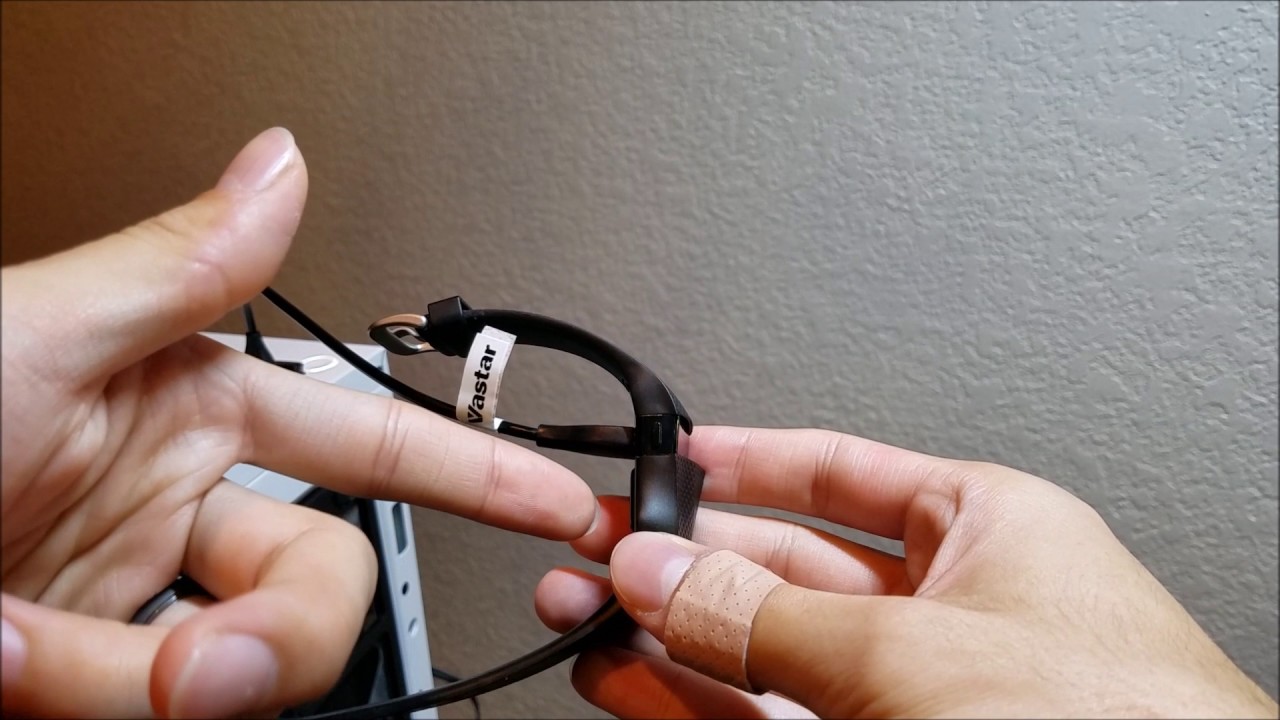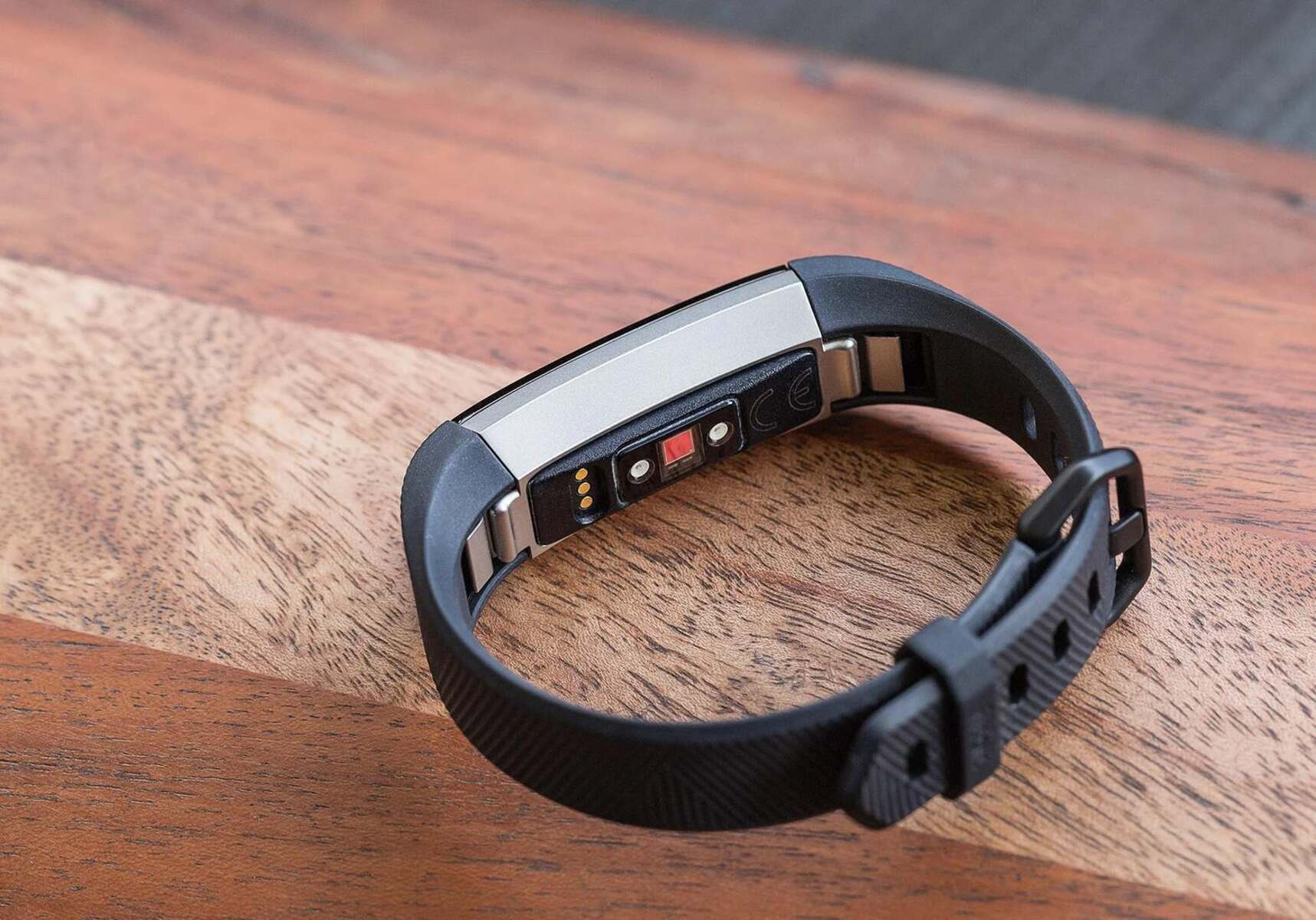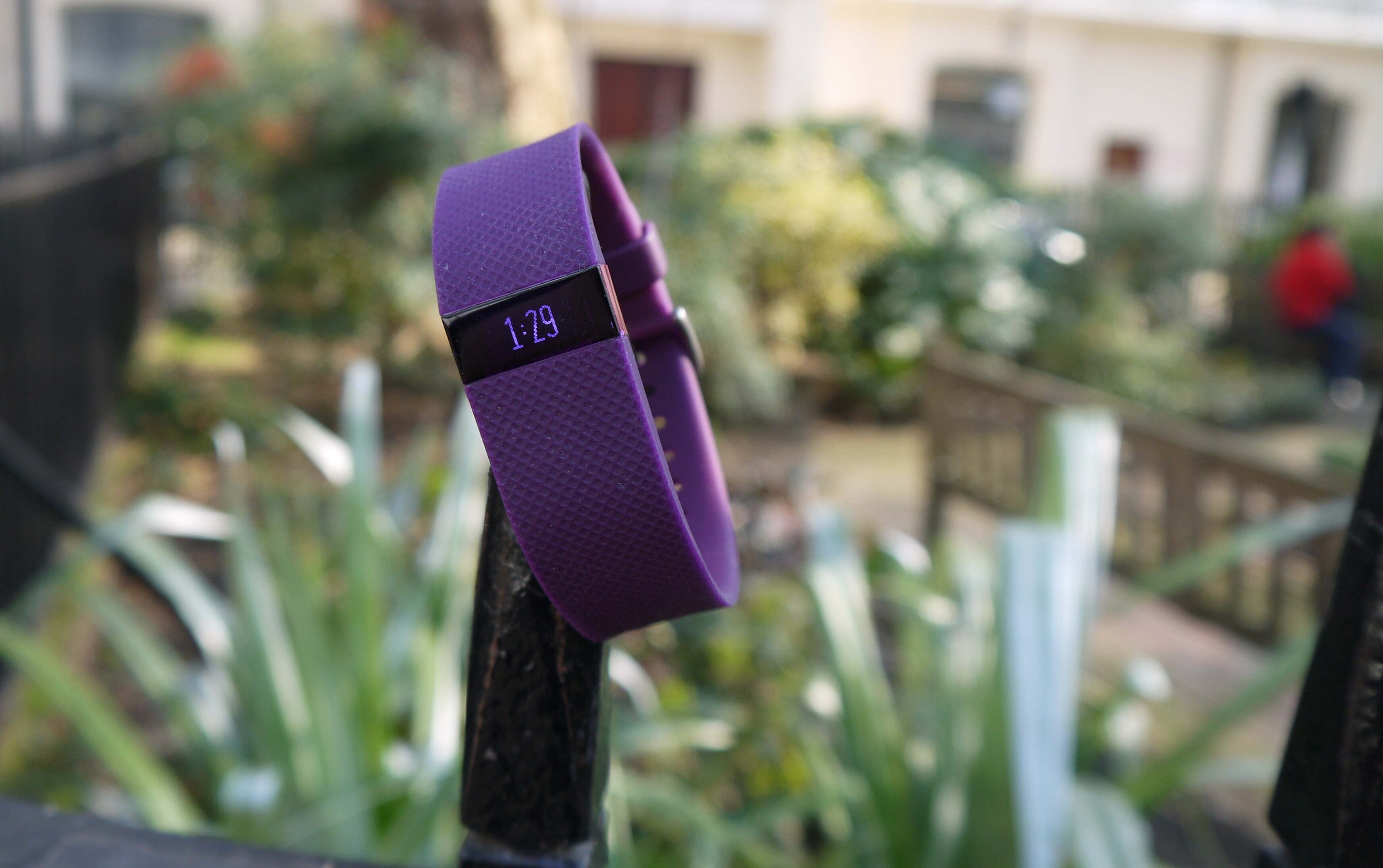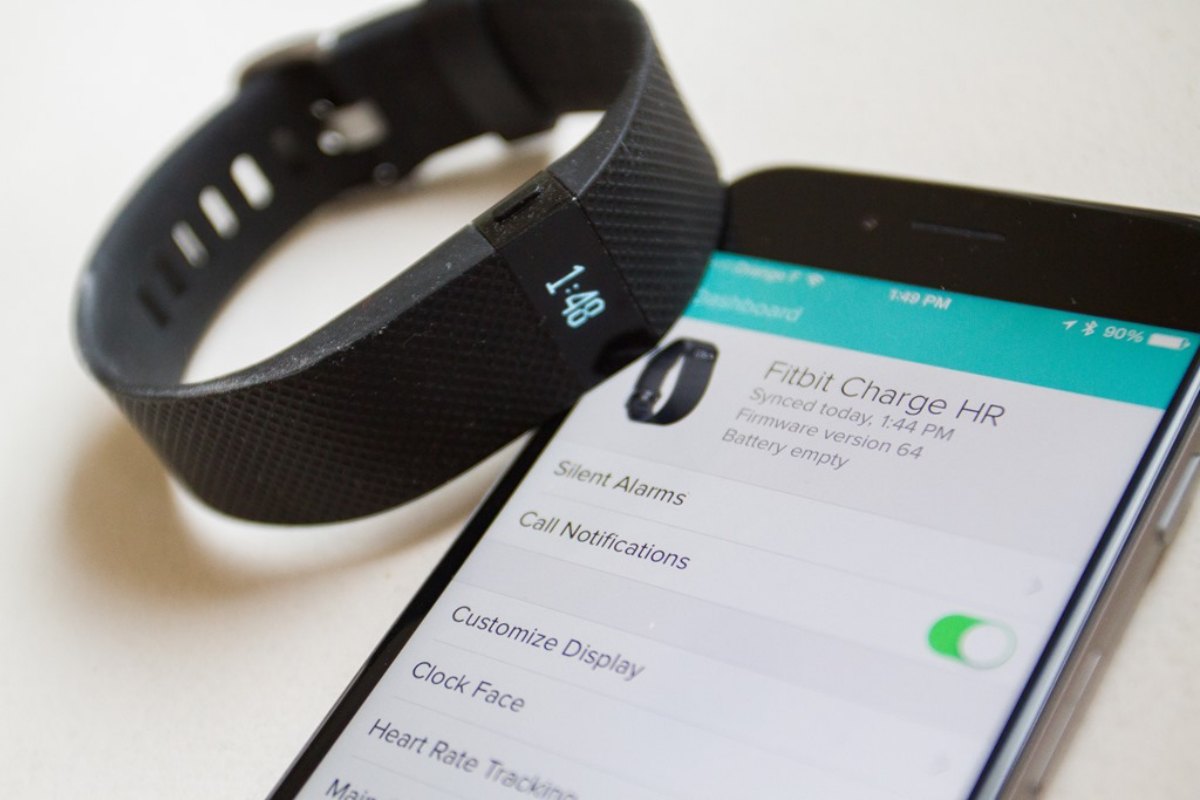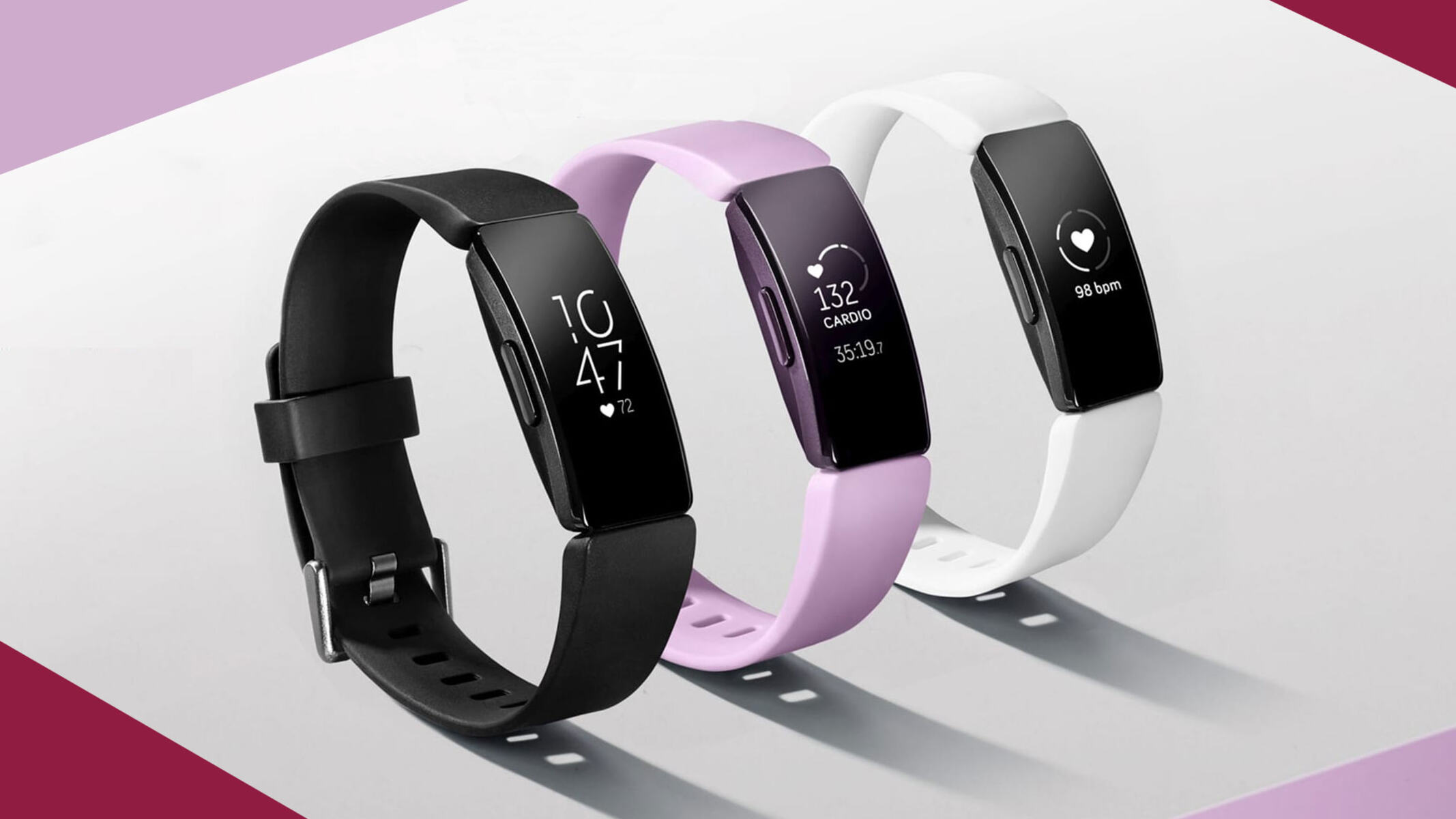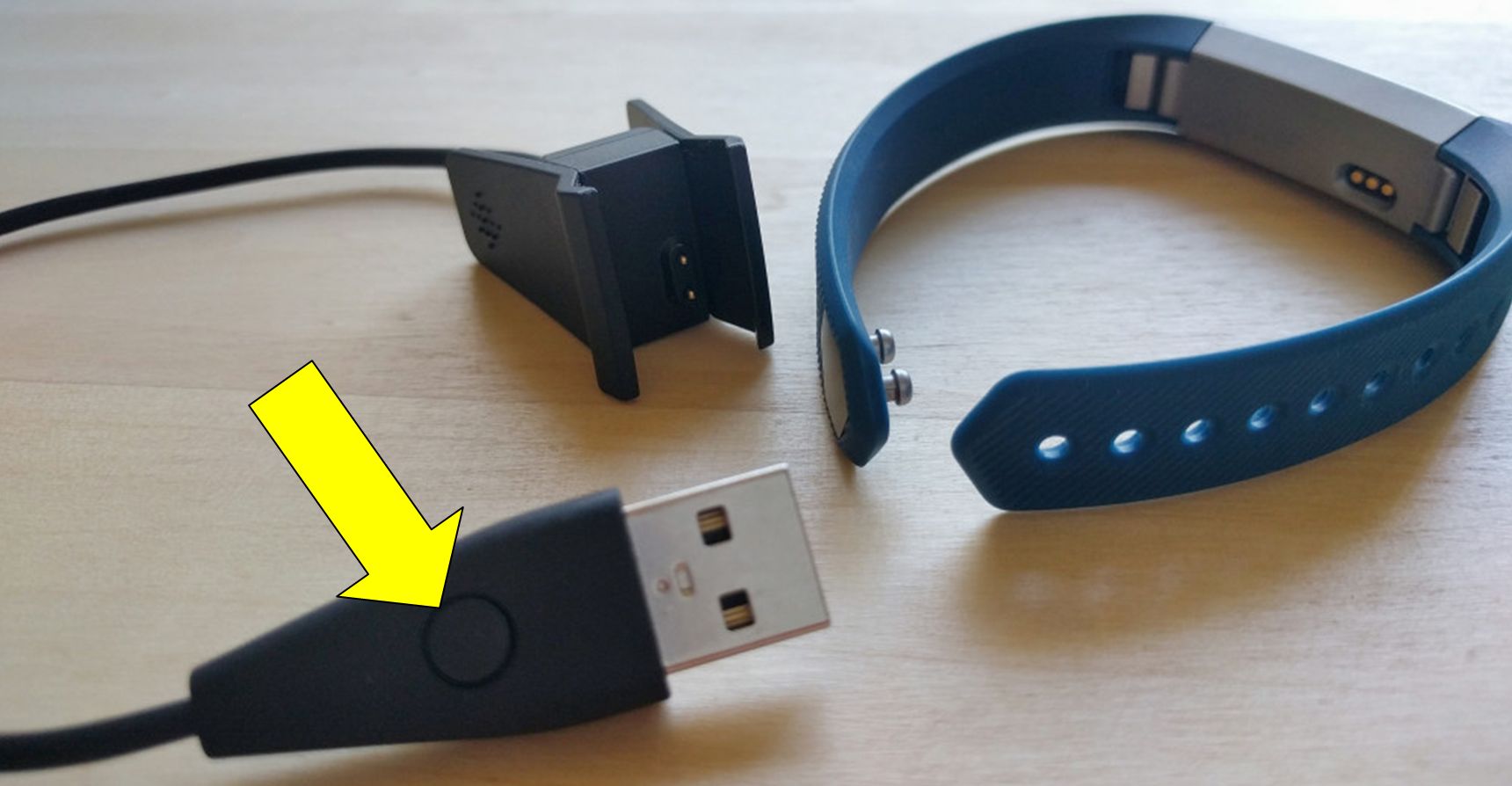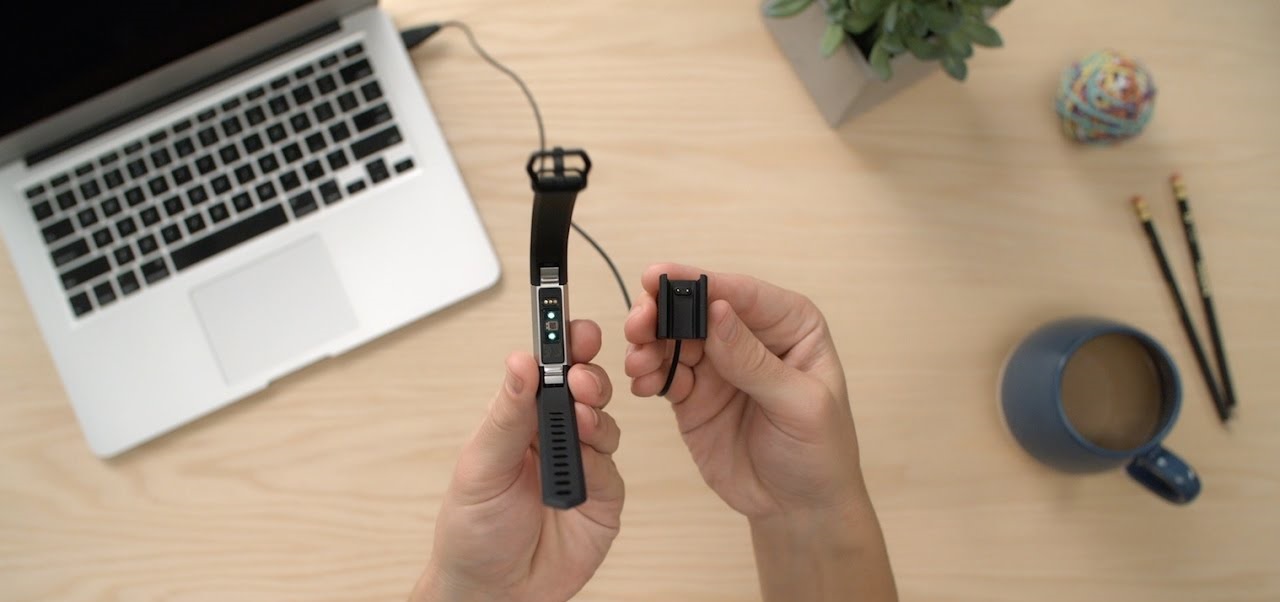Introduction
When it comes to wearable technology, the Fitbit Alta HR stands out as a reliable and versatile fitness tracker. However, like any electronic device, it may encounter occasional hiccups that require a reboot. Whether your Fitbit Alta HR is experiencing unresponsiveness, syncing issues, or unusual behavior, a simple restart can often resolve these issues and get your device back on track.
This comprehensive guide will walk you through the process of restarting your Fitbit Alta HR, ensuring that you can troubleshoot common issues with ease. By following the steps outlined in this article, you'll be equipped with the knowledge to tackle any minor setbacks and keep your Fitbit Alta HR functioning optimally.
From checking the battery status to troubleshooting potential concerns, this guide will provide you with the essential know-how to address common issues that may arise with your Fitbit Alta HR. Whether you're a seasoned Fitbit user or a newcomer to the world of wearable fitness technology, this step-by-step rebooting guide will empower you to navigate any challenges that may arise with your device.
So, if you've noticed that your Fitbit Alta HR is not responding as expected, experiencing syncing difficulties, or displaying erratic behavior, fear not! This guide is your go-to resource for understanding the simple yet effective steps to restart your Fitbit Alta HR and troubleshoot common issues. Let's dive into the process of reviving your Fitbit Alta HR and ensuring that it continues to support your fitness journey with seamless functionality.
Step 1: Checking the Battery
Before delving into the process of restarting your Fitbit Alta HR, it's crucial to ensure that the device's battery is in optimal condition. A depleted battery can often lead to unresponsiveness and erratic behavior in electronic devices, including fitness trackers. To begin the troubleshooting process, follow these steps to check the battery status of your Fitbit Alta HR:
-
Battery Indicator: Start by checking the battery indicator on your Fitbit Alta HR. This can be done by navigating to the battery section in the device's settings or by simply pressing the designated button to view the battery status. The battery indicator provides a quick visual reference to gauge the remaining battery life.
-
Charging: If the battery indicator displays a low charge or an empty battery icon, it's time to recharge your Fitbit Alta HR. Connect the device to its charging cable and plug it into a power source. Ensure that the charging ports are clean and free from any debris that may hinder the charging process. Let the device charge for at least 30 minutes to ensure a sufficient power boost.
-
Battery Health: While charging, take a moment to assess the overall health of the battery. If you notice any irregularities, such as the device heating up excessively during charging or the battery draining rapidly, it may indicate a potential battery issue. In such cases, it's advisable to seek further assistance from Fitbit customer support to address any underlying battery concerns.
-
Replacement: For Fitbit Alta HR users with older devices, it's essential to consider the overall lifespan of the battery. If you've been using your Fitbit Alta HR for an extended period and notice a significant decline in battery performance, it might be time to explore the option of replacing the battery. Fitbit offers battery replacement services for eligible devices, ensuring that your Fitbit Alta HR can continue to support your fitness journey with reliable battery performance.
By thoroughly examining the battery status of your Fitbit Alta HR, you can lay the groundwork for a successful rebooting process. A fully charged and healthy battery sets the stage for seamless device functionality, allowing you to proceed with confidence to the next step of restarting your Fitbit Alta HR.
Remember, a healthy battery is the lifeblood of your Fitbit Alta HR, empowering it to track your fitness activities and provide valuable insights into your overall well-being. With the battery status confirmed, you're now ready to embark on the next phase of the rebooting process and breathe new life into your Fitbit Alta HR.
This detailed battery check ensures that your Fitbit Alta HR is primed for the subsequent steps in the rebooting process, setting the stage for a successful resolution of any potential issues.
Step 2: Restarting the Device
After confirming that your Fitbit Alta HR's battery is in good standing, the next crucial step is to initiate the device restart. This process can effectively resolve various performance issues and restore the device to its optimal state. Here's a comprehensive guide to restarting your Fitbit Alta HR:
-
Soft Reset: To perform a soft reset, begin by locating the charging cable for your Fitbit Alta HR. Once you have the charging cable at hand, connect the device to the cable and plug it into a power source. Now, find the button on the charging cable and press it three times within a few seconds. After pressing the button, disconnect your Fitbit Alta HR from the charging cable. This action will prompt the device to restart, potentially addressing any minor performance issues it may have been experiencing.
-
Hard Reset: In some cases, a hard reset may be necessary to address more persistent issues with your Fitbit Alta HR. To initiate a hard reset, start by pressing the button on the charging cable firmly and hold it for about 15 seconds. During this process, you might notice the device's screen turning off and back on. Once the screen turns off, release the button, and your Fitbit Alta HR will restart. It's important to note that performing a hard reset should be approached with caution, as it may result in the loss of unsynced data. Therefore, it's advisable to sync your Fitbit Alta HR with the Fitbit app before proceeding with a hard reset to safeguard any unsaved information.
-
Post-Restart Verification: Following the restart process, your Fitbit Alta HR will undergo a reboot sequence. During this time, it's essential to observe the device's behavior to ensure that it powers up and functions as expected. Take note of any error messages or unusual behavior that may persist after the restart. If you encounter persistent issues, consider reaching out to Fitbit customer support for further assistance in troubleshooting the device.
By following these steps, you can effectively restart your Fitbit Alta HR, potentially resolving any performance issues that may have impacted its functionality. Whether it's a minor glitch or a more persistent concern, the restart process can often breathe new life into your Fitbit Alta HR, allowing you to continue leveraging its capabilities for tracking your fitness journey.
With your Fitbit Alta HR successfully restarted, you're now equipped to address any lingering issues and ensure that the device operates smoothly, providing you with valuable insights into your fitness activities and overall well-being.
Step 3: Troubleshooting Common Issues
As a Fitbit Alta HR user, encountering common issues with your device can be a frustrating experience. However, armed with the right knowledge, you can effectively troubleshoot and resolve these issues, ensuring that your Fitbit Alta HR operates seamlessly. Let's delve into the essential troubleshooting steps to address common concerns:
-
Syncing Problems: If you're experiencing difficulties syncing your Fitbit Alta HR with the accompanying app, start by ensuring that your device is within close proximity to the connected smartphone or computer. Additionally, verify that Bluetooth is enabled on the syncing device and that the Fitbit app is running the latest version. Attempt to initiate a manual sync from the Fitbit app to prompt the device to establish a connection. If the problem persists, consider restarting both your Fitbit Alta HR and the syncing device to reset the connection and facilitate successful syncing.
-
Unresponsive Touchscreen: In the event of an unresponsive touchscreen, it's essential to check for any debris or moisture that may be affecting the device's responsiveness. Gently clean the screen with a microfiber cloth to remove any dirt or smudges that could impede touch functionality. If the touchscreen remains unresponsive, perform a restart of your Fitbit Alta HR using the previously outlined soft reset method to potentially resolve the issue.
-
Inaccurate Heart Rate Monitoring: If you notice discrepancies in your Fitbit Alta HR's heart rate monitoring, ensure that the device is worn snugly on your wrist, positioned according to Fitbit's guidelines for optimal heart rate tracking. Additionally, verify that the device's sensors are clean and free from any obstruction that could affect their accuracy. If the issue persists, consider updating the device's firmware and the Fitbit app to access potential enhancements in heart rate monitoring functionality.
-
Battery Drain: Should you encounter rapid battery drainage on your Fitbit Alta HR, review the device's settings to identify any features or settings that may be contributing to excessive power consumption. Disabling unnecessary notifications and reducing the device's brightness can help conserve battery life. Furthermore, consider performing a hard reset of your Fitbit Alta HR to potentially address underlying software issues that could be impacting battery performance.
By addressing these common issues through systematic troubleshooting, you can effectively maintain the optimal functionality of your Fitbit Alta HR, ensuring that it continues to support your fitness tracking needs with reliability and precision. Remember, periodic software updates and regular maintenance of the device can significantly contribute to a seamless user experience, allowing you to harness the full potential of your Fitbit Alta HR in your fitness journey.
Conclusion
In conclusion, the process of restarting your Fitbit Alta HR serves as a fundamental troubleshooting tool, empowering you to address common issues and ensure the seamless functionality of your fitness tracker. By following the comprehensive steps outlined in this guide, you've gained valuable insights into checking the battery status, initiating a device restart, and troubleshooting prevalent concerns that may impact your Fitbit Alta HR.
The initial step of checking the battery status provided you with a foundational understanding of the device's power source. By assessing the battery indicator, ensuring proper charging, and evaluating the overall health of the battery, you set the stage for a successful rebooting process. A fully charged and healthy battery is essential for the sustained performance of your Fitbit Alta HR, enabling it to continue tracking your fitness activities with precision and reliability.
Subsequently, the detailed instructions for restarting the device equipped you with the knowledge to perform both soft and hard resets, addressing varying levels of performance issues. Whether it's a minor glitch or a more persistent concern, the restart process can often breathe new life into your Fitbit Alta HR, restoring its optimal functionality and empowering you to resume your fitness journey with confidence.
Furthermore, the troubleshooting steps highlighted in this guide offer practical solutions to common issues such as syncing problems, unresponsive touchscreen, inaccurate heart rate monitoring, and battery drain. By systematically addressing these concerns, you've gained the ability to maintain the peak performance of your Fitbit Alta HR, ensuring that it remains an invaluable companion in your pursuit of a healthier lifestyle.
As you navigate the realm of wearable fitness technology, remember that periodic software updates, regular maintenance, and adherence to best practices can significantly enhance the longevity and reliability of your Fitbit Alta HR. By staying informed and proactive, you can optimize the capabilities of your device and leverage its features to gain valuable insights into your fitness progress and overall well-being.
In essence, the rebooting guide for the Fitbit Alta HR presented here empowers you to overcome potential challenges and maximize the utility of your fitness tracker. With the knowledge and confidence gained from this guide, you're well-equipped to ensure that your Fitbit Alta HR continues to support and enhance your fitness journey, providing you with the tools to achieve your health and wellness goals.







